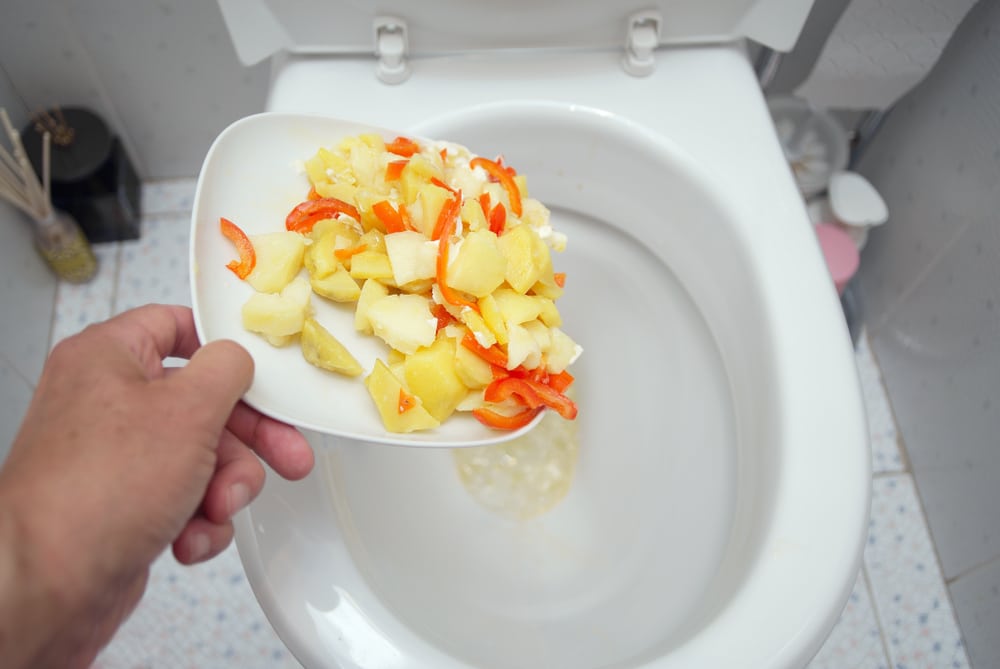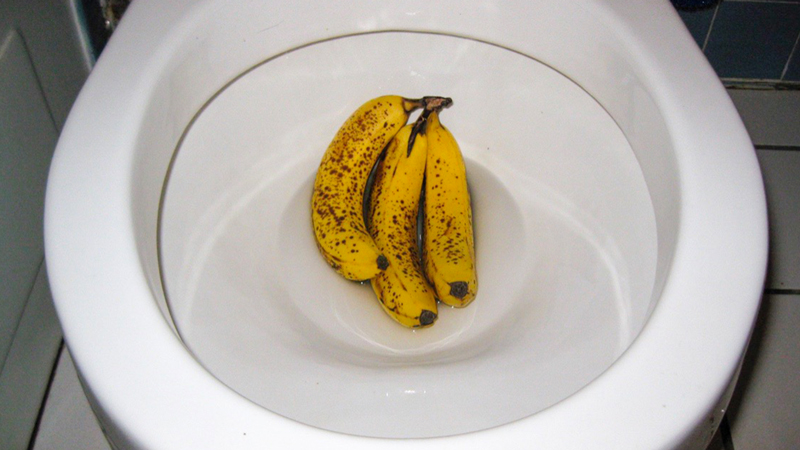Can You to Dispose of Food Waste in the Toilet?
Can You to Dispose of Food Waste in the Toilet?
Blog Article
Just how do you really feel about What Can Happen If You Flush Food Down the Toilet??

Intro
Many individuals are typically faced with the dilemma of what to do with food waste, especially when it concerns leftovers or scraps. One common inquiry that arises is whether it's all right to flush food down the bathroom. In this post, we'll explore the reasons why individuals may consider flushing food, the effects of doing so, and different techniques for proper disposal.
Reasons that individuals could take into consideration purging food
Lack of awareness
Some people may not be aware of the potential damage caused by purging food down the toilet. They might mistakenly think that it's a harmless practice.
Comfort
Flushing food down the commode may appear like a quick and easy service to throwing away undesirable scraps, especially when there's no neighboring trash can available.
Laziness
In some cases, individuals may simply choose to flush food out of sheer idleness, without thinking about the consequences of their activities.
Repercussions of flushing food down the bathroom
Ecological effect
Food waste that winds up in rivers can add to contamination and damage marine environments. Furthermore, the water used to flush food can stress water resources.
Pipes problems
Flushing food can lead to clogged up pipelines and drains pipes, triggering pricey plumbing fixings and hassles.
Sorts of food that should not be purged
Fibrous foods
Foods with fibrous appearances such as celery or corn husks can obtain tangled in pipes and trigger obstructions.
Starchy foods
Starchy foods like pasta and rice can take in water and swell, resulting in blockages in pipelines.
Oils and fats
Greasy foods like bacon or food preparation oils should never be purged down the commode as they can solidify and cause blockages.
Correct disposal approaches for food waste
Making use of a garbage disposal
For homes geared up with garbage disposals, food scraps can be ground up and purged with the plumbing system. Nevertheless, not all foods are suitable for disposal in this way.
Recycling
Particular food packaging products can be recycled, reducing waste and minimizing ecological influence.
Composting
Composting is an eco-friendly way to get rid of food waste. Organic products can be composted and made use of to improve dirt for horticulture.
The significance of proper waste management
Lowering environmental injury
Proper waste monitoring practices, such as composting and recycling, help decrease contamination and maintain natural deposits for future generations.
Safeguarding pipes systems
By preventing the technique of flushing food down the bathroom, house owners can avoid costly plumbing repair services and preserve the stability of their pipes systems.
Final thought
In conclusion, while it might be alluring to purge food down the toilet for convenience, it is necessary to understand the possible repercussions of this action. By taking on correct waste administration techniques and throwing away food waste sensibly, people can contribute to much healthier plumbing systems and a cleaner atmosphere for all.
FLUSH FOOD DOWN THE TOILET?
FLUSHING FOOD CAN CAUSE BLOCKED DRAINS IN YOUR HOME
All of the plumbing fixtures in your home are connected to the same sewer pipe outside of your home. This outdoor sewer pipe is responsible for transporting all the wastewater from your home to the Council sewer mains. Even small pieces of food that go down the kitchen sink can cause problems for your sewer. It should therefore be obvious that flushing larger bits of food, such as meat, risks a clog in either the toilet itself or the sewer pipes. Flushing greasy food is even more problematic because oil coagulates when it cools, coating the interior lining of your pipes.
THE TOILET IS NOT A BIN
Food isn’t the only thing that people shouldn’t be flushing down the toilet. People use the toilet to dispose of all kinds of things such as tampons, makeup wipes, dental floss, kitty litter and even underwear. Water goes to great lengths to educate residents about the high costs and stress placed on wastewater treatment systems simply from people flushing the wrong stuff down the toilet. It costs taxpayers millions of dollars each year, and homeowners thousands in blocked drain repairs.
FLUSHING FOOD IS A WASTE OF WATER
Flushing food is a waste of our most precious resource - water. In June this year Level 1 water restrictions were introduced to protect water supply from drought conditions. Much of New South Wales continues to be affected by prolonged drought with recent figures revealing up to 97 per cent of the state remains in drought. Depending on whether you have a single or dual flush toilet, every single flush uses between five and 11 litres of water. In the current climate this is a huge amount of water to be wasting on flushing food that should be placed in the bin (or better yet, the compost).
https://www.jabplumbingsolutions.com.au/blog/can-you-flush-food-down-the-toilet

I came across that post on Flushing Food Down the Toilet? when doing a search on the internet. Are you aware of someone else who is occupied with Flushing Food Down the Toilet?? Please feel free to promote it. I enjoy your readership.
Request Estimate Report this page